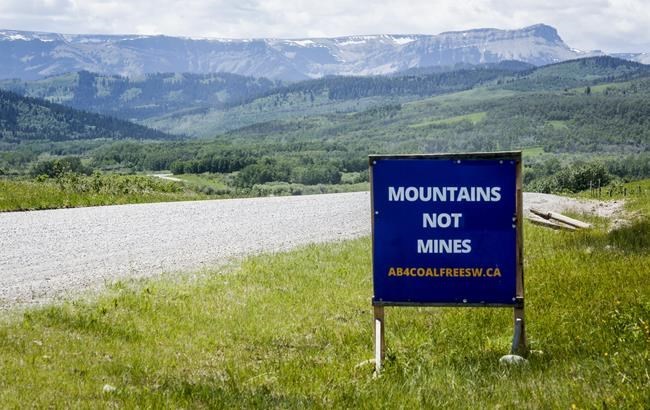sa���ʴ�ý's mining industry is pushing back against proposed tougher federal coal effluent rules, saying the draft regulations aren't practical or backed by science.
"We just do not see a path to achieving those limits," said Pierre Gratton of the Mining Association of sa���ʴ�ý, which expressed its concerns in a March 2 letter to Environment sa���ʴ�ý.
"(Environment sa���ʴ�ý) has not articulated a justification for going further than the limits that have been agreed to."
The federal government has been trying to write effluent rules for coal since 2017, in response to requests from industry.
Coal mines are currently regulated under the Fisheries Act, which includes a blanket ban on all contaminants entering any waterway. Industry wanted tailored rules that would clearly address the specific concerns of coal mining.
After four rounds of consultation, the government released a new discussion document on the regulations in January. The comment period closed this month.
That document limits what can come out of the effluent tailpipe for three contaminants: suspended solids, nitrate and selenium — an element known to damage reproduction in fish. Industry says the proposed limits for nitrate and selenium, already increased from the previous version, are still too strict.
Selenium, for example, would be limited to an average reading of 10 micrograms per litre in effluent from both new and existing mines.
"(Environment sa���ʴ�ý) is proposing end-of-pipe and in-stream limits for selenium that are simply not achievable using current, proven technology," the association's letter reads.
"This is not a question of cost. The technology does not currently exist to consistently achieve what (Environment sa���ʴ�ý) has proposed."
Gratton said the proposed limits undercut discussions in places such as British Columbia's Elk Valley, where a wide range of stakeholders have already developed a management plan for a selenium problem created by decades of coal mining.
"They are proposing lower limits than those that have been arrived at," he said.
The discussion document's target would be difficult to achieve even for new mines, said Charles Dumaresq, the mining association's head of science and environmental management.
"Even at those limits, they're really pushing the envelope of what current technology can achieve."
The association also points out the suggested limits are based on general guidelines intended to protect aquatic ecosystems not specific research on the behaviour of selenium in watersheds, such as that which has been conducted in the Elk Valley.
"(Environment sa���ʴ�ý) hasn't been able to justify why the lower level is needed," Gratton said.
The association supports much of what's in the effluent proposal.
"There is a very strong component of environmental monitoring that (Environment sa���ʴ�ý) is proposing," said Dumaresq. "It provides that instream evidence of are there problems, are there things the companies need to be doing better.
"We support it."
Environmental groups have criticized the industry's pushback on the discussion paper.
They say the tighter restrictions are justified, given the unknowns of how selenium moves through rivers and streams. They add regulations should put the environment first, not the capabilities of industry.
They have also criticized the paper for its reliance on what comes out of the pipe, instead of on an overall look at the effects of effluent.
Gratton said the discussion document is a good start, but needs work.
"They've come forward with the makings of something that can be made to work well. But there's some pretty significant issues that have to be addressed."
Environment sa���ʴ�ý plans another 60-day comment period at the end of the year with a final version of the regulations scheduled for the end of 2023.
This report by The Canadian Press was first published Match 13, 2022.
— Follow Bob Weber on Twitter at @row1960
Bob Weber, The Canadian Press



